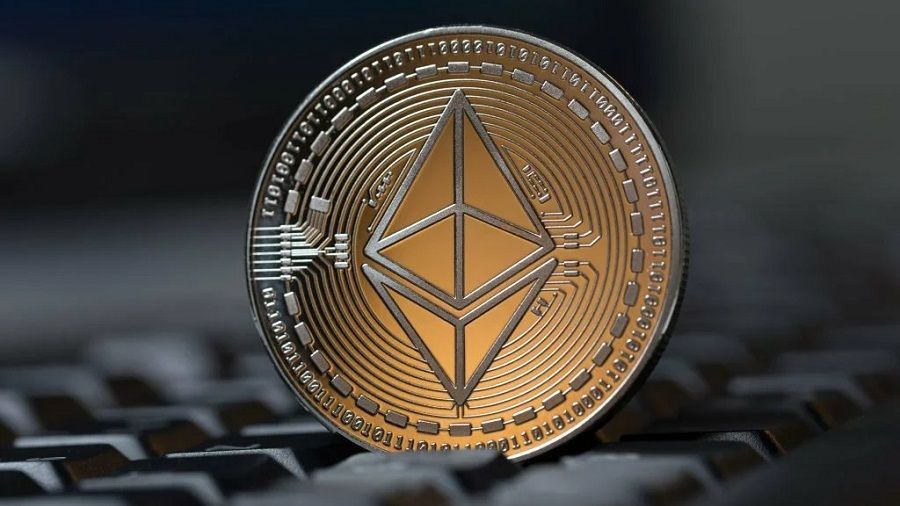On August 5, at 15:33 Moscow time, the Ethereum network underwent a planned London update on block 12,965,000. After its activation, the network burns an average of 4.2 ETH (more than $ 10,500) every minute.
The London update includes a proposal to improve the current Ethereum network, EIP-1559, which aims to burn off a portion of the Ether when paying transaction fees. The goal of EIP-1559 is to “balance” the cost of transactions on the network, with miners continuing to receive block confirmation rewards.
Users can set the maximum commission they are willing to pay to include their transaction in a block. According to Etherchain.org, approximately 4.2 ETH is burned on the Ethereum network every minute. In the last three hours after the London hard fork was activated, about 885.2 ETH was burned, and the base gas price on the network ranged from 70 to 100 Gwei.
According to Ultrasound.money, the NFT trading and issuing platform, OpenSea, ranked # 1 in terms of ether burning, accounting for 93.5 ETH destroyed after the update was activated, and this figure is constantly increasing. Tether and Uniswap are also among the major ether burners. The activation of the hard fork did not significantly affect the ETH rate. Now ether is traded for about $ 2,760, over the past 24 hours its rate has increased by 1.9%. The capitalization of ETH in the cryptocurrency market is about $ 323 billion.
Ross Middleton, CFO of decentralized cryptocurrency exchange DeversiFi, said the long-awaited rollout of the London hard fork was an important step for the entire Ethereum ecosystem. Now, each transaction with tokens on the Ethereum network will burn a certain amount of ETH, making Ether possible to become deflationary due to the decrease in the number of coins. Statistics on the ratio of mined and burnt ETH can be summed up in a few weeks.
Ethereum developers have previously activated this update on three testnets – Ropsten, Goerli and Rinkeby. On the first day of testing, the Ropsten testnet burned 88,000 ETH.







